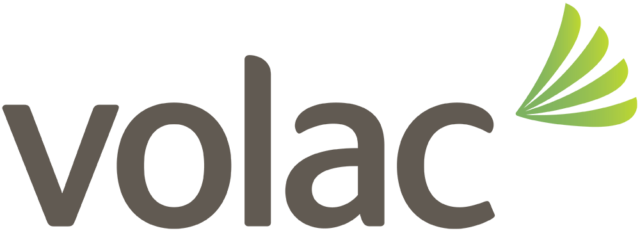The final numbers won’t be available until February, but one result is already in: The U.S. set a dairy export record in 2013, shipping $6.1 billion worth of product in the first 11 months alone. That’s 17 percent more than the entire year of 2012, and likely to be about 30 percent more, or $6.7 billion total, when the USDA’s Foreign Agricultural Service releases year-end data next month.
“The past year marked a major step in U.S. dairy export expansion, not only because of the value and volume gains, but because of the activities of U.S. suppliers and industry organizations to lay the groundwork for future growth,” says Tom Suber, president of theU.S. Dairy Export Council(USDEC), the checkoff-funded organization that leads international market development efforts on behalf of the U.S. dairy industry.In one sense, 2013 is simply another stop along the way in the evolution of the U.S. as a consistently significant global dairy supplier. While favorable pricing and supply shortages in New Zealand may have accelerated growth in 2013, overall U.S. performance was not surprising given long-term trends: This year marked the fourth consecutive year of record U.S. dairy export volume and ninth record year in the past 10. Long-term demand from a growing middle class in emerging markets and an inability of traditional supply sources to keep pace continue to fuel international dairy trade.
“Even with December data yet to be tallied, we expect volume records in nonfat dry milk/skim milk powder (NDM/SMP), cheese, high-value whey protein concentrates and isolates, lactose and fluid milk,” says Suber. “But the real highlights of the year lie beyond the numbers. More than in previous years, we are seeing a broad acknowledgement of the critical role exports play in the health and growth of the U.S. dairy industry – an acknowledgment that is spurring action that will continue the trend.”
Among the many notable accomplishments of 2013, USDEC cites five underlying efforts that illustrate the prominent strategic position overseas markets now hold in the U.S. dairy industry:
- U.S. dairy suppliers continued their push to broaden their portfolios to include products in high demand overseas, such as high-specification SMP, whole milk powder, milk protein concentrate and ultra-high temperature, shelf-stable milk. The favorable market conditions and outstanding performance in 2013 should see enhanced future prospects from these steps to making the right product, with the right specifications to meet the needs of export customers.
- USDEC marketing activities continued to drive demand and preference for U.S. dairy products, positioning the U.S. as a preferred and reliable supplier. Programs designed to bring buyers and sellers together helped increase sales and U.S. market presence, demonstrating to buyers and the competition that the U.S. is a committed, consistent global supplier.
- The U.S. continued its strong working relationship with Chinese regulatory authorities, facilitating continued access to the world’s largest dairy importer. USDEC assistance to aid compliance of U.S. suppliers with new Chinese regulatory procedures, as well as broader global efforts to clarify certification and inspection requirements, and labeling and product standards, helped keep trade flowing.
- U.S. negotiators made substantial progress toward completing the Trans-Pacific Partnership (TPP) free trade agreement. USDEC has worked since the start of talks to make certain that TPP provides new access to open major new markets (Canada, Japan and Vietnam) to U.S. dairy suppliers as well as establish an enforceable system of sanitary and phytosanitary measures to reduce non-tariff barriers to trade. Progress in 2013 suggests a final deal may be struck as soon as the first quarter of 2014.
- The U.S. dairy industry, through efforts of the checkoff-funded Innovation Center for U.S. Dairy, launched a voluntary enhanced product traceability program to boost competitiveness in meeting needs of global buyers and proactively address U.S. governmental moves toward ever-stricter food safety regulations. PD
—From U.S. Dairy Export Council news release









